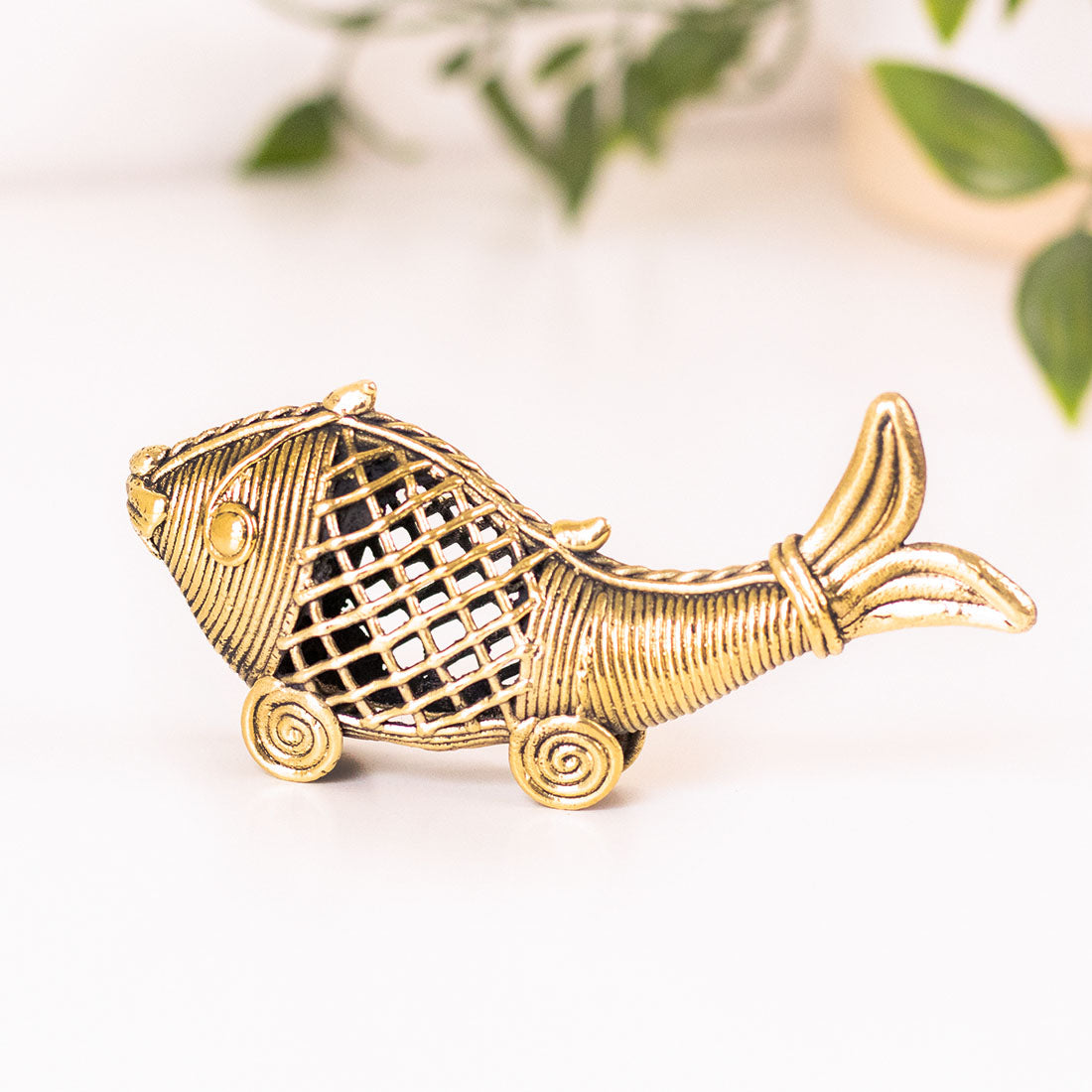Known for its costumes and trick-or-treat, Halloween is celebrated on the 31st of October in many countries including the United States, Canada, Ireland, Mexico, and Sweden.
The tradition goes back to the 8th century when Pope Gregory III designated November 1 as the New Year – a time to honour all hallows or hallowmas which means a holy person or a saint. It became a day of celebration and was named All Saints’ Day or All Hallows’ Day. October 31 then became Halloween, from the beginning called All Hallows’ Eve.
It was originally part of the Celtic spiritual festival of Samhain where people would wear costumes, light bonfires, celebrate the harvest, and prepare for the beginning of the dark days of winter – a symbol of death. The Celts, who lived in Ireland, England and Northern France, believed that the veil between the human world and the spirit world was the thinnest during this time. They believed that the spirits of the other world damaged crops and caused trouble, and therefore were appeased with feast, festivities, and animal sacrifice.
Winters were extremely hard for the Celts with shortened daylight time and food supplies running low. Around Halloween time, people were also worried that the spirits would enter their homes and damage their property. That’s how the tradition of wearing costumes and masks began, to ward off the spirits by making them think they were a fellow spirit.

When the Europeans migrated to the States, a new version of Halloween was born which became the American Halloween as popularized by pop culture. Going from home to home for food or money, festive costumes, seasonal foods, and sharing stories of the dead became a tradition. From there on, Halloween took on a more celebratory vibe and became a community-centred holiday.
An iconic symbol of Halloween is carved pumpkins, fondly known as Jack o’Lanterns, a tradition which began with an Irish myth. According to the story, a man named Stingy Jack couldn’t get a place in either Heaven or Hell, so he roamed the earth. People feared his wandering soul, so they carved scary faces in turnips to frighten him back. The turnips were later replaced with pumpkins when the Irish immigrants moved to the United States as pumpkins were readily available.
Although the Halloween tradition has changed and evolved over the centuries, the festival still has its roots in the original Celtic folklore. So let’s keep the celebrations going – Put on those masks and dress up this Halloween!

